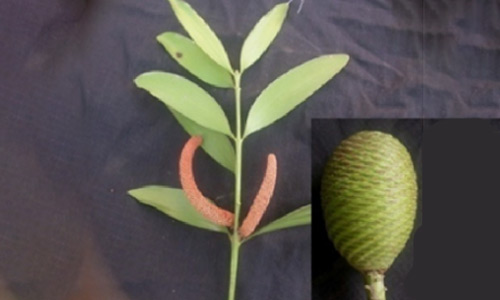We value your privacy
We use cookies to enhance your browsing experience, serve personalized ads or content, and analyze our traffic. By clicking "Accept All", you consent to our use of cookies.
We use cookies to help you navigate efficiently and perform certain functions. You will find detailed information about all cookies under each consent category below.
The cookies that are categorized as "Necessary" are stored on your browser as they are essential for enabling the basic functionalities of the site. ...
Necessary cookies are required to enable the basic features of this site, such as providing secure log-in or adjusting your consent preferences. These cookies do not store any personally identifiable data.
No cookies to display.
Functional cookies help perform certain functionalities like sharing the content of the website on social media platforms, collecting feedback, and other third-party features.
No cookies to display.
Analytical cookies are used to understand how visitors interact with the website. These cookies help provide information on metrics such as the number of visitors, bounce rate, traffic source, etc.
No cookies to display.
Performance cookies are used to understand and analyze the key performance indexes of the website which helps in delivering a better user experience for the visitors.
No cookies to display.
Advertisement cookies are used to provide visitors with customized advertisements based on the pages you visited previously and to analyze the effectiveness of the ad campaigns.
No cookies to display.
|
Division
|
Gymnosperms |
|
Class
|
Coniferopsida |
|
Order |
Coniferales |
|
Family
|
Araucariaceae |
|
Genus
|
Agathis |
|
Species
|
robusta |

|
Etymology: |
Ailanto is the local name used in Moluccas, meaning sky tree, commonly known as Tree of Heaven. |
|
Botanical name
|
Ailanthus excelsa Roxb. |
|
Local/Trade names:
|
Maharukh, Tree of Heaven, Coromandel Ailanto, Ardu, Arua, Ulloo |
|
Conservation status:
|
Commonly planted. |
|
Digonestic features:
|
Leaves odd pinnate, unequal at base; fruit a samara. |
|
Description:
|
Tall tree, upto 15-20 m high. Bark whitish; branchlets with persisent leaf scars. Leaves odd pinnate 30 x 15 cm; leaflets 8-14 pairs, oblong lanceolate, unequal at base, margin irregularly toothed. Flowers in panicles axillary or terminal. Fruit a samara, linear, oblong to lanceolate, 2.5 x 1 cm, prominently nerved one seeded. |
|
Phenology: |
Fls.: Feb.-March. Frts.: May-June. |
|
Distribution:
|
Bihar, Central Provinces, Gujarat, Deccan and Andhra Pradesh. |
|
Where to see it: |
Gate No. 2 side. |
|
Uses: |
Wood used for catamarans and small boats; also used for veneers and plywood packing-cases, sword-handles, toys, and poor quality matches. Bark anthelmintic, febrifuge, expectorant and antispasmodic used for asthma and bronchitis, also for dysentery; said to be good substitude for kurchi bark ( Holarrhena pubescens)contains several quassinoides. Root bark yields alkaloids. Trees yield inferior quality Bassora or Hog gum and serves as a host for ‘Eri’ silkworms. Leaves and shoots used as fodder |
Chief Conservator of Forests & Chief Wildlife Warden is the Head of the Department. There is one post of Conservator of Forests & two posts of Deputy Conservator of Forests viz.